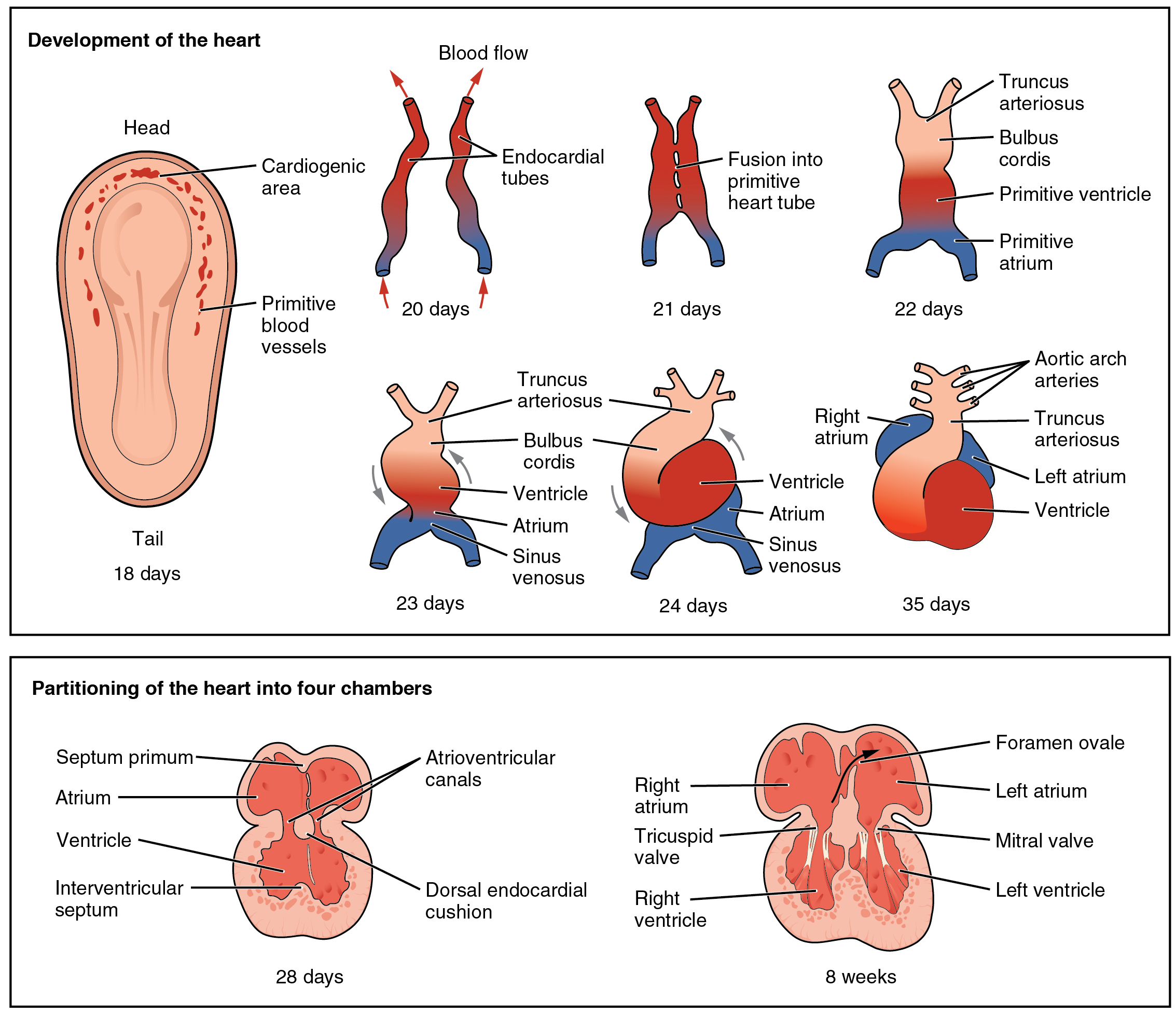Intraventricular Septum on:
[Wikipedia]
[Google]
[Amazon]
 The interventricular septum (IVS, or ventricular septum, or during development septum inferius) is the stout wall separating the ventricles, the lower chambers of the
The interventricular septum (IVS, or ventricular septum, or during development septum inferius) is the stout wall separating the ventricles, the lower chambers of the
 The interventricular septum is the stout wall separating the ventricles, the lower chambers of the
The interventricular septum is the stout wall separating the ventricles, the lower chambers of the
File:Heart normal short axis echo.svg, Heart normal short axis echo
 The interventricular septum (IVS, or ventricular septum, or during development septum inferius) is the stout wall separating the ventricles, the lower chambers of the
The interventricular septum (IVS, or ventricular septum, or during development septum inferius) is the stout wall separating the ventricles, the lower chambers of the heart
The heart is a muscular Organ (biology), organ found in humans and other animals. This organ pumps blood through the blood vessels. The heart and blood vessels together make the circulatory system. The pumped blood carries oxygen and nutrie ...
, from one another.
The interventricular septum is directed obliquely backward to the right and curved with the convexity toward the right ventricle
A ventricle is one of two large chambers located toward the bottom of the heart that collect and expel blood towards the peripheral beds within the body and lungs. The blood pumped by a ventricle is supplied by an atrium (heart), atrium, an adjace ...
; its margins correspond with the anterior
Standard anatomical terms of location are used to describe unambiguously the anatomy of humans and other animals. The terms, typically derived from Latin or Greek roots, describe something in its standard anatomical position. This position pro ...
and posterior interventricular sulci. The lower part of the septum, which is the major part, is thick and muscular, and its much smaller upper part is thin and membraneous.
During each cardiac cycle
The cardiac cycle is the performance of the heart, human heart from the beginning of one heartbeat to the beginning of the next. It consists of two periods: one during which the heart muscle relaxes and refills with blood, called diastole, fo ...
the interventricular septum contracts by shortening longitudinally and becoming thicker.
Structure
 The interventricular septum is the stout wall separating the ventricles, the lower chambers of the
The interventricular septum is the stout wall separating the ventricles, the lower chambers of the heart
The heart is a muscular Organ (biology), organ found in humans and other animals. This organ pumps blood through the blood vessels. The heart and blood vessels together make the circulatory system. The pumped blood carries oxygen and nutrie ...
, from one another.
The ventricular septum is directed obliquely backward to the right and curved with the convexity toward the right ventricle
A ventricle is one of two large chambers located toward the bottom of the heart that collect and expel blood towards the peripheral beds within the body and lungs. The blood pumped by a ventricle is supplied by an atrium (heart), atrium, an adjace ...
; its margins correspond with the anterior
Standard anatomical terms of location are used to describe unambiguously the anatomy of humans and other animals. The terms, typically derived from Latin or Greek roots, describe something in its standard anatomical position. This position pro ...
and posterior interventricular sulci. The greater portion of it is thick and muscular and constitutes the muscular interventricular septum. Its upper and posterior part, which separates the aortic vestibule from the lower part of the right atrium
The atrium (; : atria) is one of the two upper chambers in the heart that receives blood from the circulatory system. The blood in the atria is pumped into the heart ventricles through the atrioventricular mitral and tricuspid heart valves.
...
and upper part of the right ventricle, is thin and fibrous, and is termed the membranous ventricular septum.
Blood supply
The posterior interventricular artery, a branch of right coronary artery, supplies the posterior 1/3 of the interventricular septum. The remaining anterior 2/3 is supplied by the anterior interventricular artery, which is a septal branch of the left anterior descending artery, which is a branch of left coronary artery.Development
The muscular part of the interventricular septum derives from the bulboventricular flange which is developed due to differential growth of primitive ventricle and bulbous cordis. Membranous part has a neural crest origin which connects the upper free margin of the bulboventricular flange and anterior and posterior endocardial cushions of atrio ventricular canal. It also gets attached to lower border of spiral septum or the aorticopulmonary septum. In the final stages of the heart development, the interatrial septum aligns in the same plane as the interventricular septum. The gap between the interatrial septum and interventricular septum forms the membranous part of interventricular septum.Clinical significance
A ventricular septal defect (VSD), a hole in the interventricular septum is one of the four congenital defects of the condition of tetralogy of Fallot. A VSD can cause a left-to-right shunt of blood flow in the heart and is one of the most common of the congenital heart defects. This type of shunt is an acyanotic disorder that can result in ventricular hypertrophy. The alignment of interventricular septum and interatrial septum is disturbed in various congenital heart diseases.Additional images
References
External links
* – "Heart and semilunar valve" {{Authority control Embryology of cardiovascular system